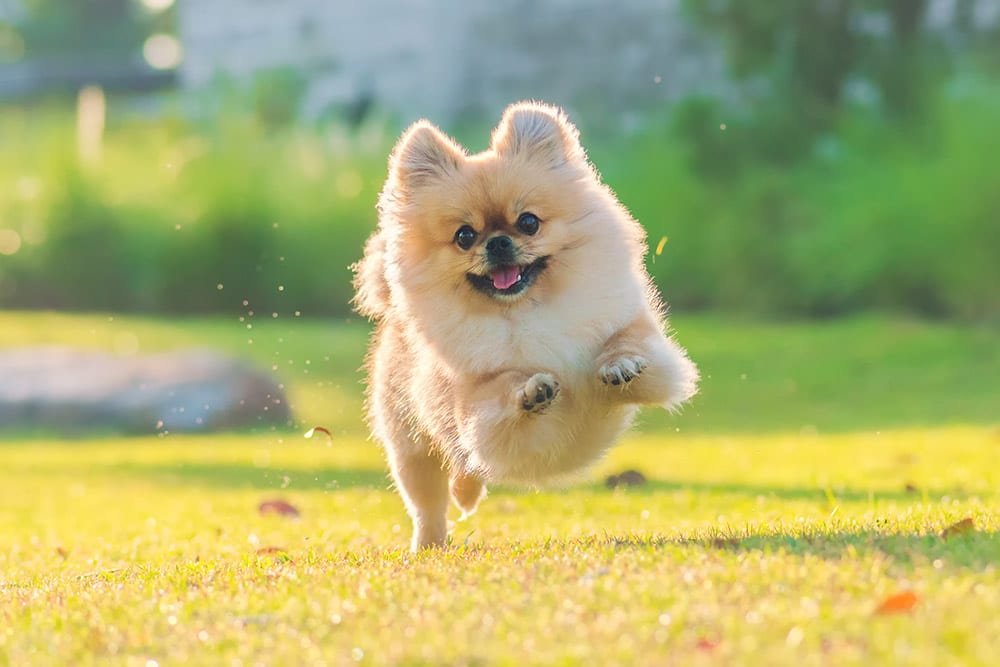Training two dogs at the same time might seem like a daunting task, but with the right approach, it can become a rewarding experience for both you and your canine companions. Imagine how hectic it can be when one dog decides to follow your command while the other is lost in their own world! We’ll guide you through six essential tips for training two dogs effectively.
First things first, focus on individual training. It’s crucial to separate your dogs during initial training sessions. This allows you to give each dog the attention they need to learn basic obedience commands like sit, stay, and recall. Keeping sessions short and engaging helps maintain their interest and ensures they learn effectively.
Once your dogs have a grasp of individual commands, it’s time to focus on individual walks. Walking your dogs separately helps them develop proper social behaviors and ensures they aren’t distracted by each other. This can speed up their learning process, even if it means shorter walks for both.
Now, let’s make sure your dogs know their individual names. Teaching your pets their names is key to ensuring they know when you’re addressing them. Use positive reinforcement and rewards when they respond correctly. This becomes important when you start combining their training sessions.
Introducing a group name can be a game changer. When you need to address both dogs simultaneously, having a collective call like ‘team’ or ‘pack’ simplifies the process. Train this name individually at first, then use it when both dogs are present to reinforce their group identity.
When both dogs are ready, training them together becomes possible. This involves having one dog stay in a designated place while you train the other. It teaches them patience and concentration, as they learn from observing their sibling’s training. Rotate their roles to ensure each dog gets the necessary practice.
At some point, you might need a helping hand. Enlist a friend or family member to assist with training. They can help manage the non-training dog, allowing you to focus fully on the other. This is especially useful as you transition to simultaneous training.
Training two dogs simultaneously requires patience, but the rewards are worth it. By dedicating time to individual and group training, and seeking help when needed, you’ll foster a harmonious and well-behaved canine duo. Investing the effort now will pay off in the long run, strengthening the bond with your pets.










